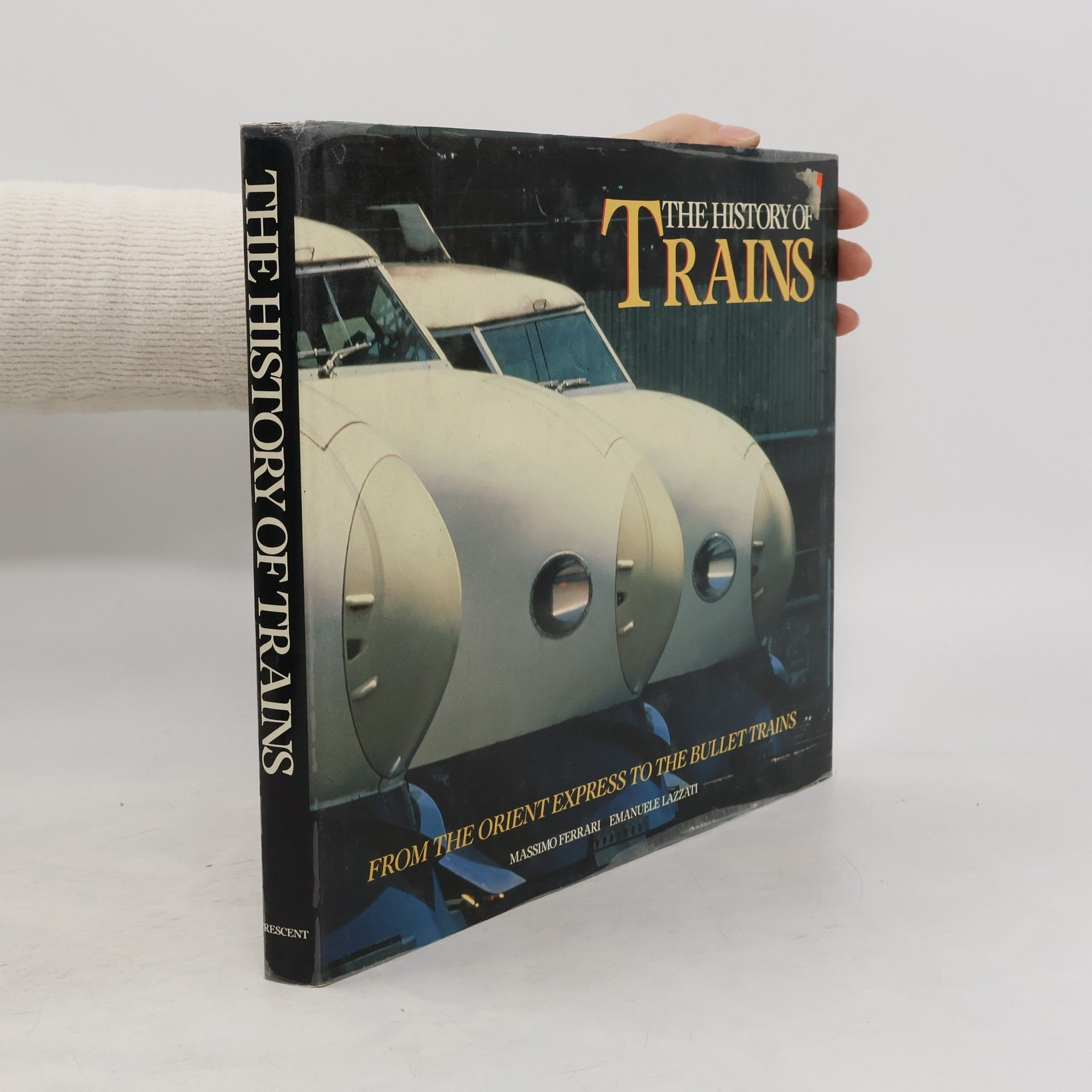The History of Trains
- 191 Seiten
- 7 Lesestunden
Spans the history of the train, from the steam engine to today's supersonic machines, discusses trains in art, literature, and war, and covers service in Europe, the Americas, the Soviet Union, and Asia

Spans the history of the train, from the steam engine to today's supersonic machines, discusses trains in art, literature, and war, and covers service in Europe, the Americas, the Soviet Union, and Asia